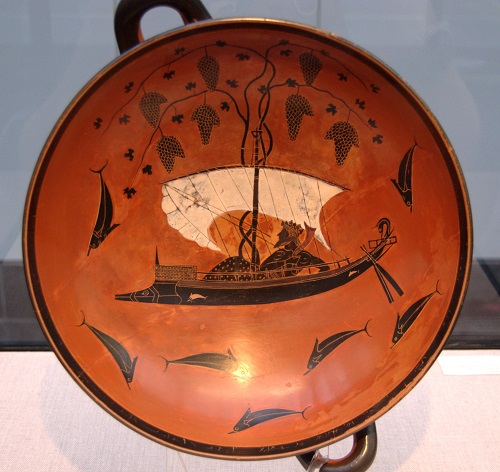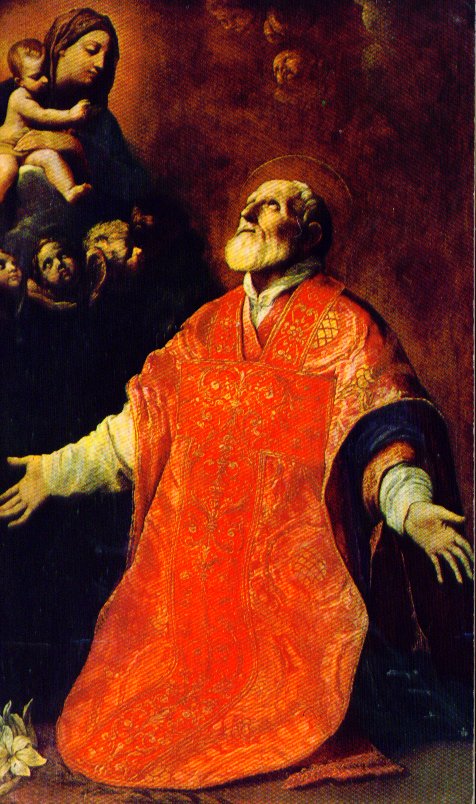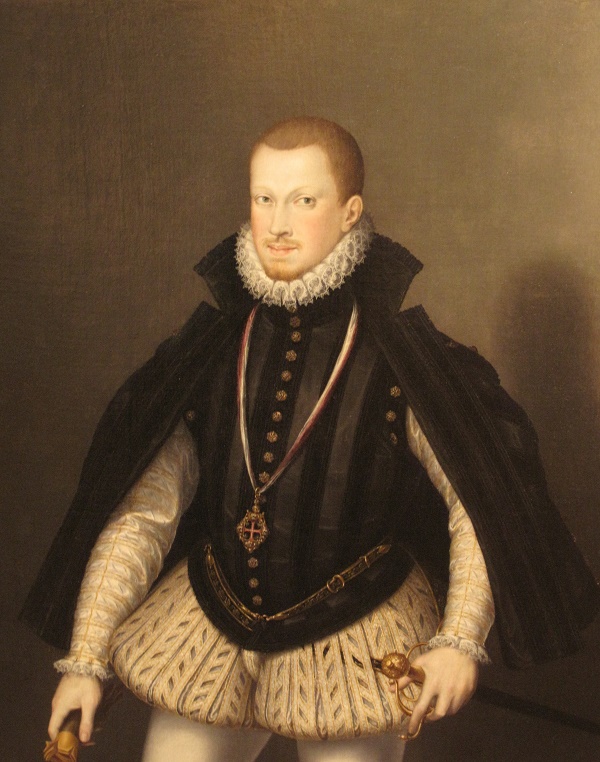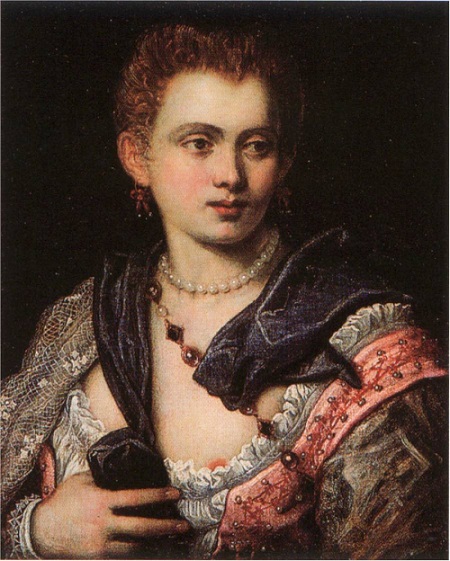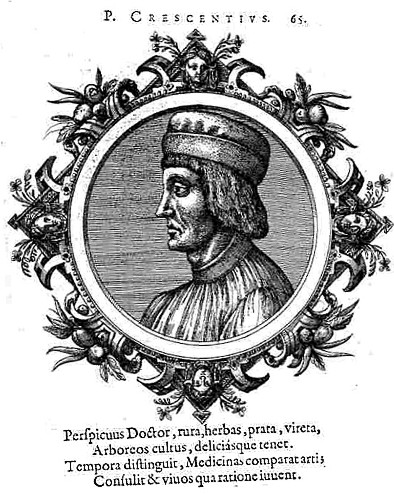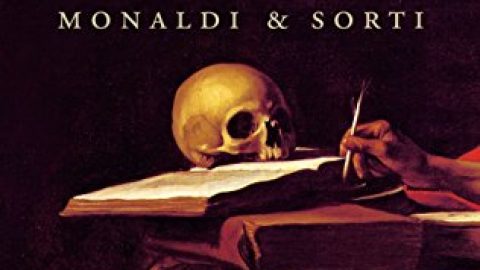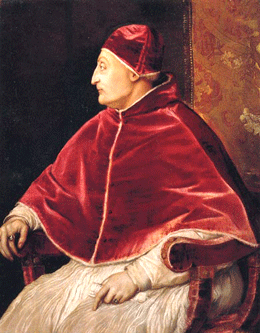
Sixtus IV, the successor to Paul II, would doubtless, if he had the opportunity to comment today, prefer to be remembered for transforming Rome from a medieval city to a Renaissance city, with the jewel in the crown being the creation of the Sistine Chapel, which was built between 1477 and 1481. However, history paints a much darker picture of this Pope and for some, his papacy above all represented the paradox of the Renaissance: unparalleled artistic and architectural beauty combined with acts of appalling depravity, cruelty and wickedness, including the introduction of what became known as the Spanish Inquisition.
Francesco della Rovere was born in 1471 in Savona to poor parents and entered the Franciscan order at an early age. He became general of the Order and Cardinal of San Pietro in Vincoli, and was both well known and highly esteemed for his learning and it seemed, for his desire for reform. It is worth noting that Franciscans were noted for their love of poverty but on his election as pope, Sixtus IV quickly and almost ruthlessly abandoned his vow of poverty and embraced a life of luxury and extraordinary extravagance, along with unscrupulous political manoeuvrings. It is said that his coronation tiara alone cost 100,000 ducats – more than one-third of the Papacy’s annual income!
There is no doubt that the man engaged in serious nepotism right from the beginning of his papacy, making two of his nephews (there is a question as to whether he had six or eleven nephews), Giuliano della Rovere (later to become Pope Julius II) and Pietro Riario (who it was rumoured was his son by his own sister), cardinals. A third nephew, Girolamo Bassa della Rovere, was made cardinal two years later, Other nieces and nephews were married into the ruling houses of Milan, Naples and Urbino. as well as to the Orsini and Farnese families in Rome.
There is also no question as to his considerable contribution to the rebuilding of Rome: the first new bridge over the Tiber – the Ponto Sisto; the construction of the churches of Santa Maria della Pace and Santa Maria del Popolo; the restoration of the Hospital of Santo Spirito, as well as trebling the size of the Vatican library. He oversaw the widening and paving of roads, as well as the construction of new avenues including the Borgo S. Angelo which led from the Castel S. Angelo to the Vatican.
However, his personal expenditure and that of his greedy family, as well as the need to raise money to wage war on his enemies, especially the Turks, saw him increase taxes, including one on priests who kept mistresses, and sold rich men ‘privileges’ to give ‘solace’ to certain ladies in the absence of their husbands. He also built a noble brothel for both sexes, from which it is estimated he obtained some 26,000 ducats a year.
The most infamous or notorious incident of his papacy was the Pazzi conspiracy, which was the plot hatched to kill off both Lorenzo and Giuliano de’ Medici. Historians are somewhat divided on exactly what role Sixtus IV played in the conspiracy and indeed how much he knew. There is no doubt that the Medici and Sixtus IV were natural enemies and when in 1473 Lorenzo refused to fund the pope’s purchase of Imola, which the pope had wanted to give to his nephew Girolamo Riario, relations between the two parties deteriorated. The Pazzi Bank, a rival of the Medici lent Sixtus most of the purchase price of 40,000 ducats which made the Medici even more furious and when Sixtus dismissed them as papal bankers, and subsequently threatened excommunication and an interdict of the entire Florentine state, the ground was set for a confrontation.
The assassination of the Medici brothers was set to take place in Florence Cathedral, and whilst the assassins succeeded in assassinating Giuliano, Lorenzo escaped serious injury, Sixtus, it is said, did not want anyone killed but he did want to overthrow the Medici in Florence, but how such an overthrow could occur without Medici deaths, is incomprehensible. Sixtus IV while trying to maintain an air of innocence about the pending assassinations, effectively gave his sanction, therefore, Sixtus IV, by sanctioning the plot, plunged all of Italy into war and changed the political scene for ever.
Whilst there is no doubt of the significance to Italian politics of the Pazzi conspiracy, Sixtus IV left a further and more appalling imprint on history, when in 1478 he issued a papal Bull sanctioning a new Inquisition in Castile, which became known as the Spanish Inquisition. Sixtus appointed the Dominican Thomas de Torquemada as Grand Inquisitor, a fateful decision, as he took the role with a zealousness which is just terrifying, In three years, he had burned 2,000 Muslims in Andalusia, and within a decade had condemned hundreds and thousands of men, women and children to be imprisoned across Spain. He also had some 114,000 people tortured to death.
The Inquisition established by Sixtus unleashed a horror that lasted over three centuries during which time hundreds and thousands of victims were claimed. it is reported that when Napoleon invaded Spain in 1808, he soldiers were sickened by what they discovered – under the Dominican monastery in Madrid they found torture chambers full of naked prisoners who were mostly insane. It wasn’t until 1813 that the Inquisition was finally suppressed, although elements remained for a further 20 years.
Sixtus IV died in 1484. Somewhat obscenely one could say, the Florentine sculptor and goldsmith, Antonio Pollaiolo was commissioned to produce a magnificent bronze tomb, the base adorned with the seven Liberal Arts and the art of Perspective, the three Theological virtues and the four Cardinal virtues, while on top the pope lies recumbent on bed of intricately carved cushions and drapes. It is said that this tomb does two things – it epitomizes how Sixtus IV saw himself, as a Renaissance prince and religious leader, but it also is the antithesis of how others viewed him, being the very ‘concentration of human wickedness’.
As Gerard Noel writes in his book The Renaissance Popes…”Few pontificates illustrate more graphically the overriding paradox of the Renaissance as it affected the papacy. This was in producing examples of unparalleled artistic and architectural beauty, alongside some of the basest acts of depravity and cruelty in the annals of history.”

